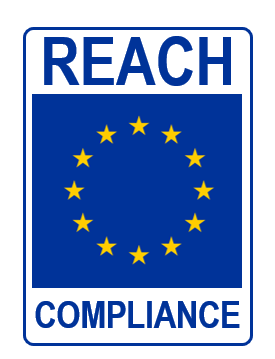EU REACH
January 18, 2017 | Written by GreenSoft Technology, Inc.
4 Substances Added to REACH SVHC List
ECHA Adds 4 Substances to SVHC Candidate List
 The European Chemicals Agency (ECHA) has added four new substances to the Registration, Evaluation, Authorisation and Restriction of Chemicals (REACH) Substances of Very High Concern (SVHC) Candidate List.
The European Chemicals Agency (ECHA) has added four new substances to the Registration, Evaluation, Authorisation and Restriction of Chemicals (REACH) Substances of Very High Concern (SVHC) Candidate List.
The addition of these four substances brings the total number of SVHC substances to 173.
ECHA generally updates the SVHC Candidate List every June and December. However, no update was issued for December 2016 until now. The last update to the SVHC Candidate List was in June 2016.
The four new substances added to the SVHC Candidate List are:
- 4,4'-isopropylidenediphenol (EC#201-245-8; CAS# 80-05-7). Date of Inclusion: January 12, 2017 for reason: Toxic for reproduction (Article 57c).
- 4-Heptylphenol, branched and linear. Date of Inclusion: January 12, 2017 for reason: Equivalent level of concern having probable serious effects to environment (Article 57 f).
- Nonadecafluorodecanoic acid (PFDA) and its sodium and ammonium salts Nonadecafluorodecanoic acid (EC# 206-400-3; CAS# 335-76-2), Ammonium nonadecafluorodecanoate (EC# 221-470-5; CAS# 3108-42-7), Decanoic acid, nonadecafluoro-, sodium salt (CAS# 3830-45-3). Date of Inclusion: January 12, 2017 for reasons: Toxic for reproduction (Article 57c), PBT (Article 57 d).
- p-(1,1-dimethylpropyl)phenol (EC# 201-280-9; CAS# 80-46-6). Date of Inclusion: January 12, 2017 for reason: Equivalent level of concern having probable serious effects to environment (Article 57 f).
Need help with REACH SVHC compliance?
Additions and changes to the REACH SVHC Candidate List can be expected every six months. The REACH regulation applies to thousands of substances that are present in electrical and electronic equipment. REACH compliance affects companies of all sizes and requires manufacturers to have detailed knowledge of the substances present in their products.
GreenSoft’s experienced worldwide team can help collect REACH SVHC statements and full-disclosure chemical data for your products and components, validate the data for accuracy and formatting, and help identify non-compliant parts and find second sources for non-compliant components. Learn more and get a free Risk Analysis!





